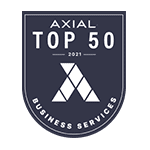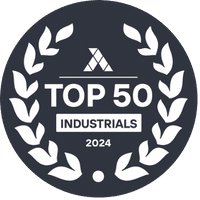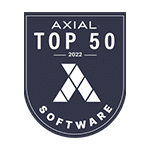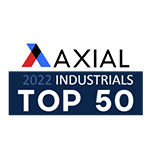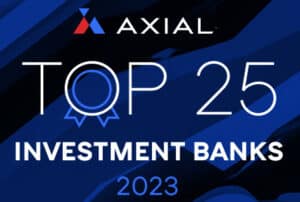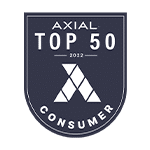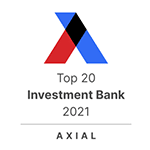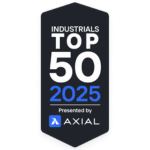
Build Your Business with a Buyer in Mind
Most entrepreneurs start a business based on one or two of many potential reasons. Maybe it’s exploiting a unique skillset or access to talent. Maybe it’s pursuing a passion. Maybe it’s simply meeting a need that is otherwise not being met in the marketplace. Most times, though, new entrepreneurs start businesses with the beginning in mind, but not the end, building a business that meets their immediate personal needs without giving much thought to the long term. As a result, many business owners fall into the trap of limiting their business’s growth, and subsequent options for the long term, based on short-term-minded decisions.
By contrast, many of the most successful people in the collision repair space have started their businesses with one goal in mind: to sell it. How can you build your business by thinking like a seller? First, let’s discuss what buyers are looking for, and work our way backward from there.
What do buyers want?
Footprint and layout
As you might expect, the more space you have, the better! While each potential consolidator’s footprint desires vary, a safe sweet spot is 10,000 square feet of shop space or larger, though that’s not a hard and fast requirement. Additionally, parking and storage is equally important. If you fall short of that square footage, don’t fret. Maximize the space you have. Maximizing shop space via a well-thought-out equipment layout and shop flow allows for more revenue per square foot. If you’re just building a new location, or considering upfitting an existing location, reach out to one of the quality paint booth manufacturers, most of whom will offer a no-charge design consultation.
Revenue
You want to maximize your space because consolidators care about revenue, plain and simple. While most businesses I work with are valued based on a multiple of adjusted EBITDA, or earnings before interest, taxes, depreciation, and amortization, the collision repair industry places significant importance on revenue as well. This is because, for the most part, if a consolidator can generate a certain amount of revenue within a footprint, they believe they can make that revenue profitable. Again, while there is no hard and fast rule on revenue requirements for consolidators, $2 million in annual revenue seems to be an entry point, with $5 million being a common sweet spot. Anything over that, and you should have some compelling regional and national interest when you eventually go to market.
Important to note: purchase price as a percentage of revenue typically goes up as revenue goes up, just as EBITDA multiples increase when EBITDA increases. Obviously, becoming a small multi-shop owner with two, three, or more shops can help that revenue scale more quickly, and make you even more desirable to a potential acquirer. Valuation multiples vary significantly based on a multitude of factors, so If you’d like to discuss situation-specific valuations, please feel free to reach out to me directly.
Community and Relationships
While there is no quantifiable value placed on your shop being a pillar within its community, it certainly doesn’t hurt. Many consolidators are very charitable, so a culture of giving in your shop will make it more attractive. Not to mention, local relationships with the customer base, direct repair programs (DRPs), and dealers will only serve to add value to your business. It never hurts to do good things within your community.
Talent
As you likely know firsthand, there’s a theme in the collision industry as it relates to constant challenges: talent—much less good talent—is hard to come by. This is evidenced by some of the largest consolidators in the country investing millions in training programs, incentivizing (aggressively, I might add) experienced technicians to train apprentices, and more. This industry puts a premium on talent. Therefore, if you have a lot of talent within your organization, it will help your business get a premium valuation. Validate this by having I-CAR certifications, both at the shop and technician level, as well as original equipment manufacturer (OEM) certifications.
So how do you build like a seller?
In terms of working your way backward, determine what you want your eventual exit value to be. Once that’s determined, you’ll know what you must do in order to get there. The focus, ultimately, is on scalability and avoiding roadblocks to achieving that scale, such as limited space and poor shop flow.
While you might not be a seller today, tomorrow, or even five years from now, everyone is in business to make money. Modeling your business after some of the best operations in the industry is a good thing. Chances are, building your business by regularly taking a step back and looking at it through the lens of a potential buyer will pay off in both the short and long term.
This article was previously published on Autobody News.




